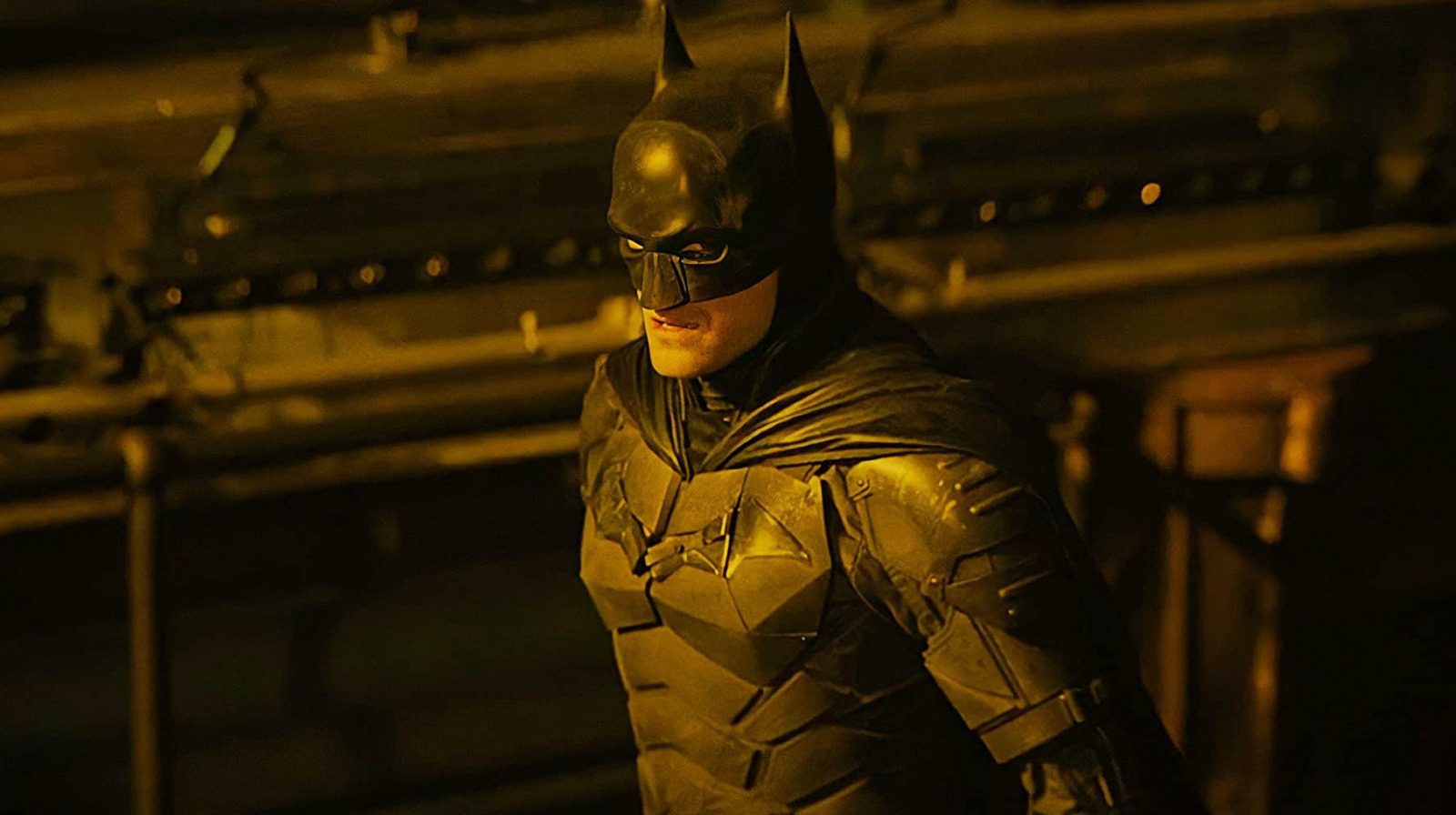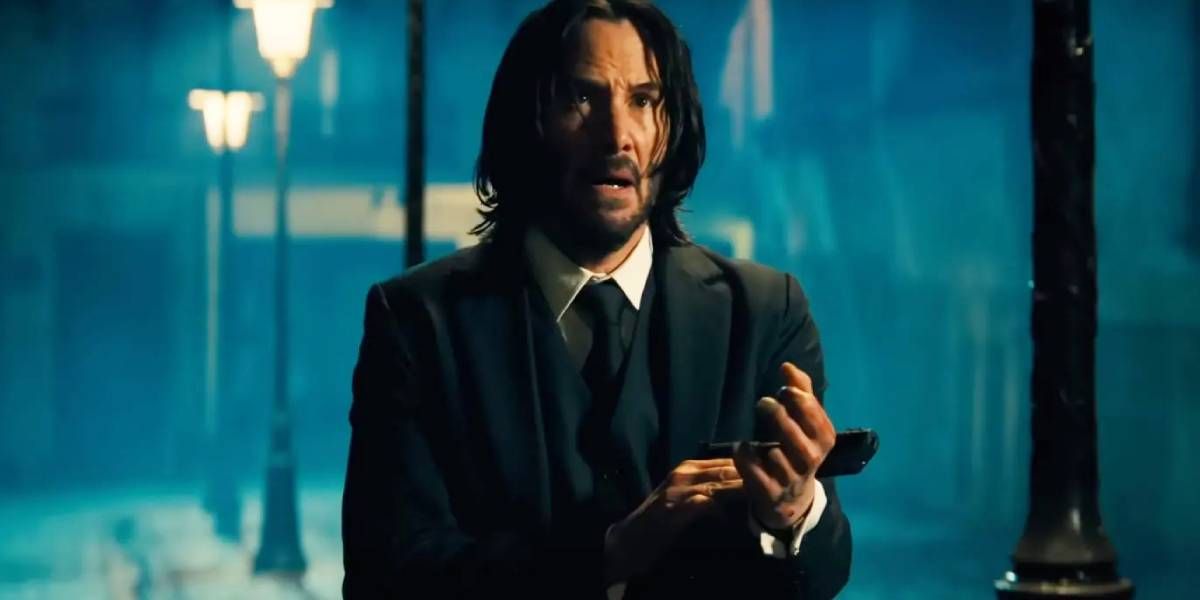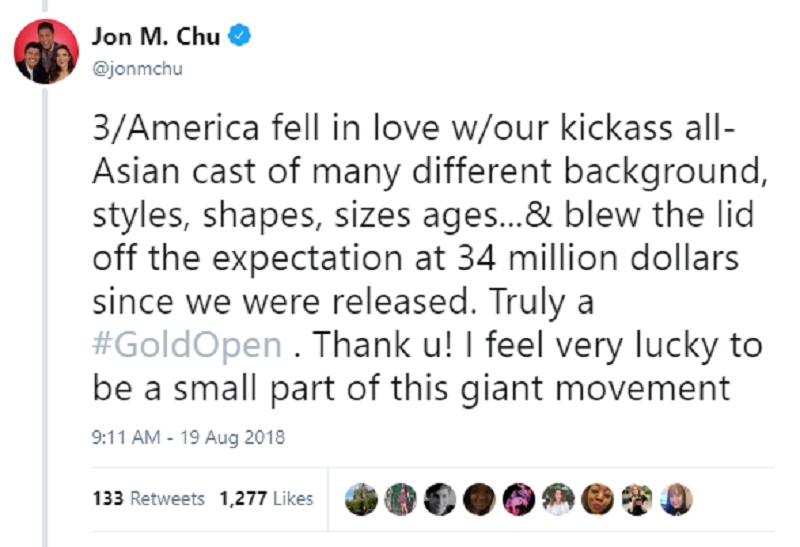Gatsby's Inspirations: Unmasking The Real Men Behind The Legend

Table of Contents
The Prototype: Was Gatsby Based on a Single Person?
While many search for a single, direct inspiration for Gatsby, the truth is far more nuanced. Attributing the character solely to one individual oversimplifies the complexities of biographical inspiration and Fitzgerald's masterful creative process. Instead, Gatsby emerges as a composite character, a blend of observations and experiences filtered through Fitzgerald's unique lens.
- Gatsby as a Composite: Fitzgerald likely drew inspiration from various individuals, incorporating their traits and stories to create a more compelling and multifaceted character. Pinpointing a single "real" Gatsby is a fool's errand.
- The Challenges of Definitive Attribution: The creative process is inherently subjective. Fitzgerald's genius lay in his ability to synthesize diverse influences, transforming them into something entirely new.
- Fitzgerald's Lived Experiences: Fitzgerald’s own life, marked by both opulence and financial hardship, undoubtedly played a crucial role in shaping Gatsby's journey. His personal struggles and aspirations are subtly woven into the fabric of the novel.
The Bootleggers: Gatsby's Illicit Fortune and its Real-Life Counterparts
Gatsby’s extravagant wealth, a defining feature of his persona, finds its roots in the historical context of Prohibition. This era saw the rise of powerful bootleggers who amassed immense fortunes through the illegal alcohol trade. Several real-life figures bear striking resemblance to Gatsby's shadowy past.
- Arnold Rothstein: Known as the "Biggest Gambler in the World," Rothstein’s influence extended far beyond gambling, encompassing various illegal activities, including bootlegging. His lavish lifestyle and intricate network of connections mirror Gatsby's persona.
- Meyer Lansky: This notorious mobster, often referred to as the "Mob's Accountant," built a vast criminal empire during Prohibition. His strategic mind and ability to navigate the complexities of the underworld are subtly reflected in Gatsby’s calculated actions.
- Reflecting Reality in Fiction: Gatsby's opulent parties, his extravagant spending, and his carefully constructed image of success are all echoes of the lifestyles of these real-life figures. For instance, the description of Gatsby's parties in The Great Gatsby – "…the lights grow brighter as the earth lurches away from the sun, and now the orchestra is playing yellow cocktail music, and the opera of voices pitches a key higher" – paints a vivid picture of the lavish excesses associated with the era's bootlegging elite.
The Self-Made Man Myth: Gatsby's Rags-to-Riches Narrative and its Societal Context
Gatsby's relentless pursuit of wealth and status speaks to the enduring allure of the American Dream. Fitzgerald masterfully portrays both the intoxicating appeal and the dark underbelly of this ideal, particularly as it manifested during the Roaring Twenties.
- The Allure of the Self-Made Man: Society's fascination with the rags-to-riches narrative fueled the romanticized vision of Gatsby, a self-made man who seemingly achieved everything he desired.
- The Moral Ambiguity of Wealth: The novel subtly critiques this obsession, exposing the morally ambiguous path often taken to achieve such wealth and the psychological toll it can exact. Gatsby's meticulously crafted facade hides a past shrouded in secrecy and questionable dealings.
- Contemporary Relevance: This theme remains strikingly relevant today, as society continues to grapple with the complexities of wealth acquisition, success, and the ethical considerations that often accompany them.
Fitzgerald's Own Life: The Author's Shadow in Gatsby's Story
Gatsby's story isn't solely a product of historical observation; it is deeply intertwined with Fitzgerald's own experiences and personal struggles. The parallels between the author's life and Gatsby's narrative are striking.
- Fitzgerald's Aspirations and Disillusionments: Fitzgerald's own yearning for acceptance in high society, his financial struggles, and his tumultuous relationship with his wife, Zelda Sayre, are clearly mirrored in Gatsby's story.
- Zelda Sayre and Daisy Buchanan: The character of Daisy Buchanan, with her captivating beauty and elusive nature, shares similarities with Zelda, suggesting that Fitzgerald projected aspects of his wife onto his creation.
- Unattainable Love: The theme of unattainable love, a central element in The Great Gatsby, reflects both Fitzgerald's own romantic struggles and Gatsby's relentless pursuit of Daisy.
Conclusion
While a single, definitive "real" Gatsby may not exist, the character stands as a captivating amalgamation of real-life inspirations. From the shadowy figures of Prohibition-era bootleggers to the societal obsession with the American Dream and the author's own turbulent life, Gatsby’s story is a rich tapestry woven from various threads. The Great Gatsby continues to resonate because it explores these enduring themes with unmatched power and insight. Delve deeper into the fascinating world of Gatsby's inspirations and unlock the secrets behind this enduring literary legend!

Featured Posts
-
 Prins Andrew Onderzoek Naar Betwiste Relaties Met China
May 12, 2025
Prins Andrew Onderzoek Naar Betwiste Relaties Met China
May 12, 2025 -
 Will Keanu Reeves Return For John Wick 5 Exploring The Possibilities
May 12, 2025
Will Keanu Reeves Return For John Wick 5 Exploring The Possibilities
May 12, 2025 -
 Jon M Chu Discusses The Possibility Of A Crazy Rich Asians Tv Series
May 12, 2025
Jon M Chu Discusses The Possibility Of A Crazy Rich Asians Tv Series
May 12, 2025 -
 Reyting Zelenskogo Dzhonson I Tramp Raskhodyatsya Vo Mneniyakh
May 12, 2025
Reyting Zelenskogo Dzhonson I Tramp Raskhodyatsya Vo Mneniyakh
May 12, 2025 -
 Teen Mom And Beyond Examining Farrah Abrahams Post Show Life
May 12, 2025
Teen Mom And Beyond Examining Farrah Abrahams Post Show Life
May 12, 2025
